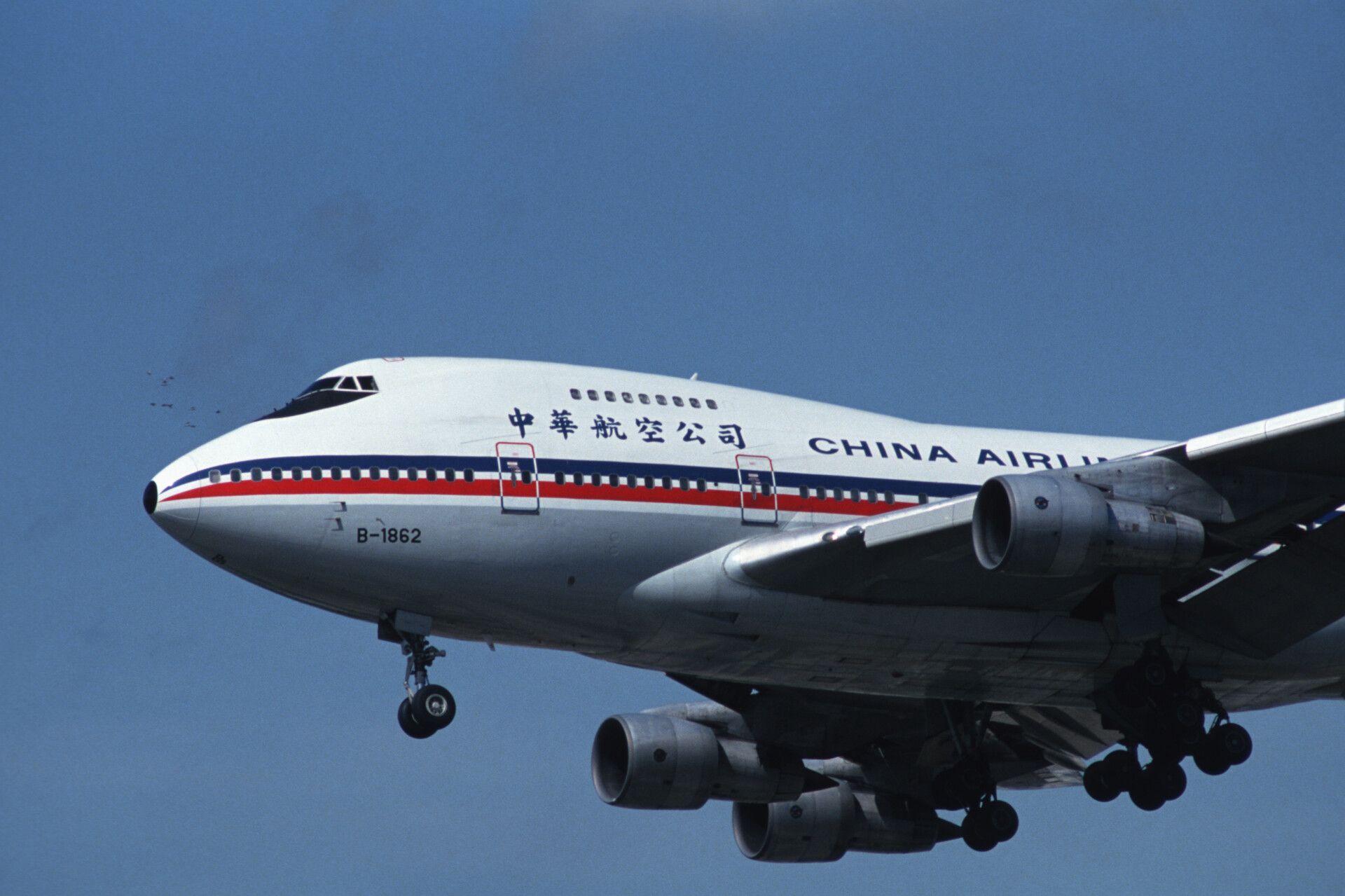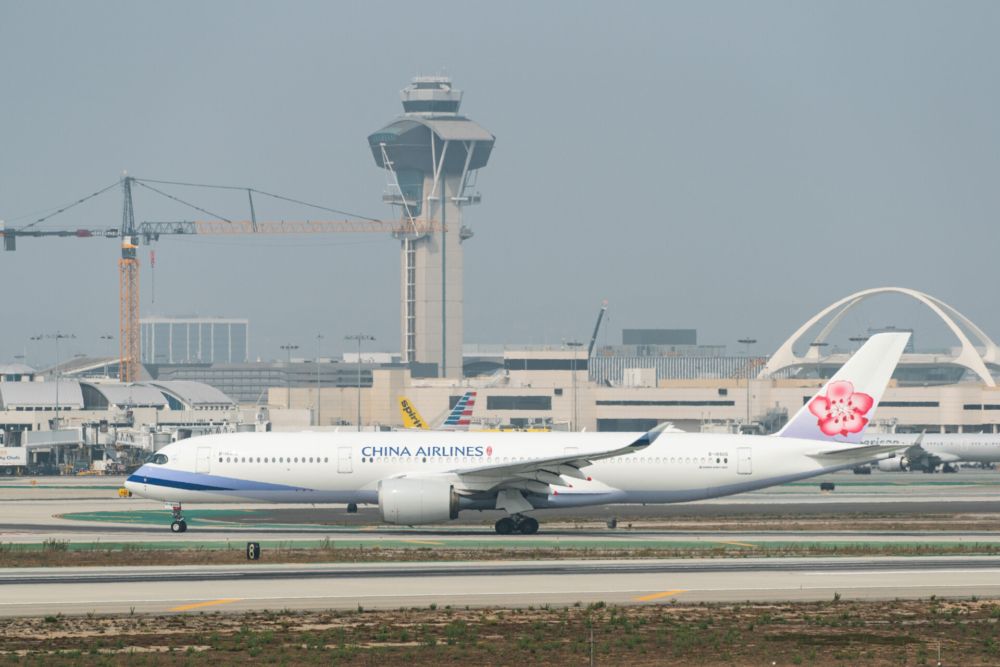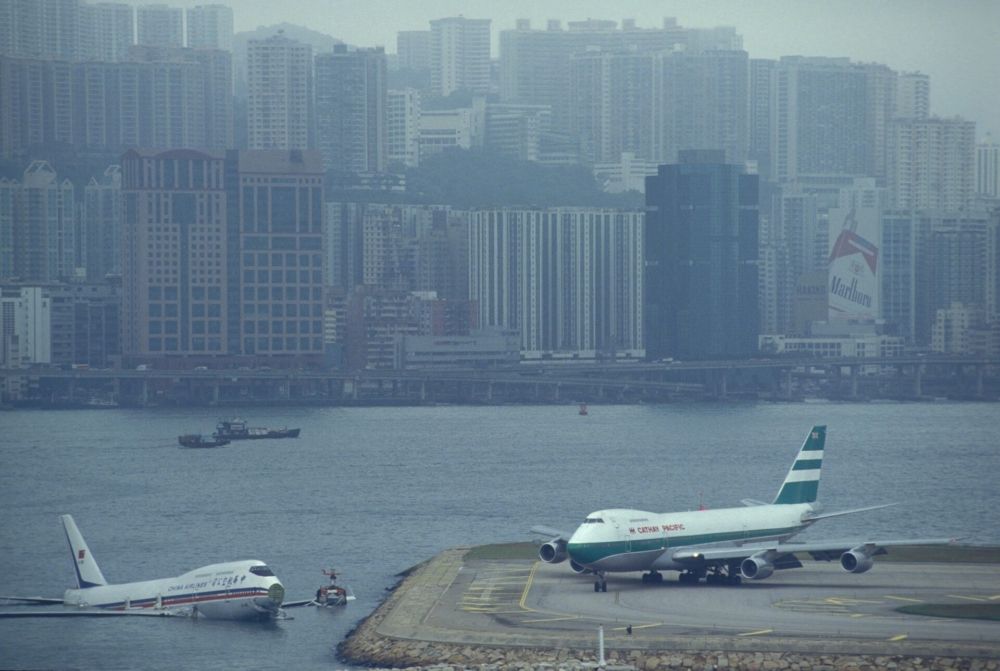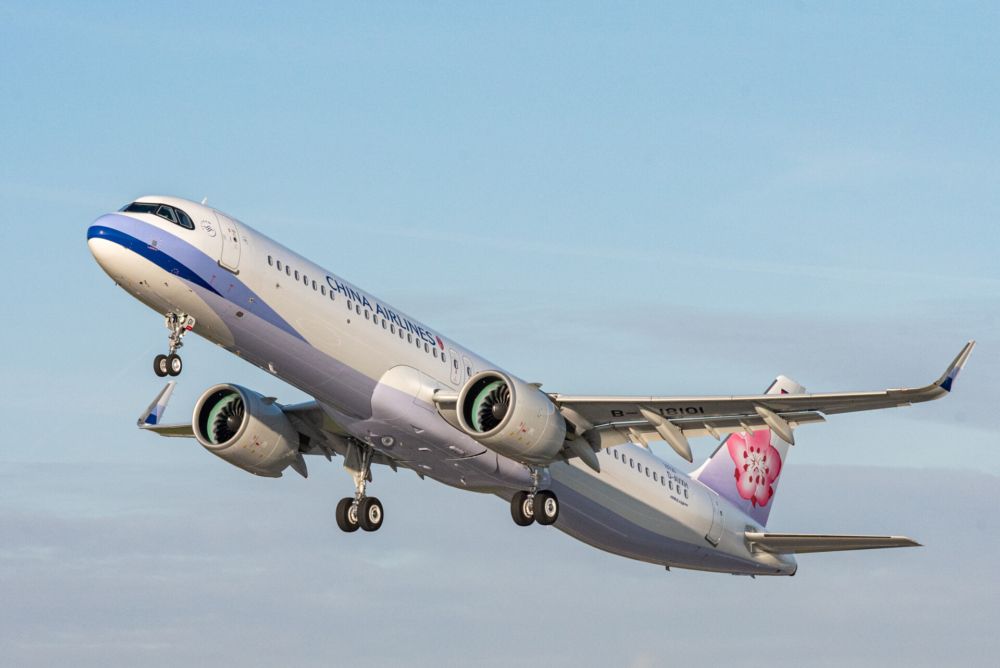With a fleet of over 80 aircraft and a network of approximately 150 destinations, China Airlines has become a major international player since its founding over six decades ago. The Taipei–Taoyuan-based carrier commenced operations on December 16th, 1959, to kick off an exciting journey for the company.
Domestic needs to international requirements
Taiwanese authorities founded China Airlines on September 7th, 1959. Operations were closely associated with officials of the Republic of China from the beginning as the firm was launched by a retired air force officer, I Fuen. Charter flights with a pair of Consolidated PBY Catalina flying boats were the initial focus. Still, scheduled services soon commenced, with a flight from Taipei to Hualien forming the first domestic route in October 1962.
Four years later, international airports became part of the company’s network, with flights to Saigon, which was the capital of the Republic of Vietnam, launching at the end of 1966. The airline then went on to expand to the likes of Hong Kong and Japan.
These international routes gave China Airlines the confidence to hop over the Pacific Ocean. Therefore, on February 2nd, 1970, transoceanic flights to San Francisco via Tokyo were launched with the Boeing 707, allowing the airline to be the first Asian outfit to fly the transpacific route.
The carrier went on to expand across the United States, with Los Angeles and New York being placed on the route map. European services to business and tourism hotspots such as London and Paris also began.
The widebody overhaul
The introduction of the operator's Boeing 747 from the mid-1970s catalyzed global growth. A pair of 747-100s joined the fleet from Delta Air Lines in 1976, before four new 747SPs entered service the following year.
While the 747 helped China Airlines reach new heights, there were some notable incidents with the type while flying with the company over the years. For instance, a 747SP, performing Flight 006 from Taipei to Los Angeles, rolled over and plunged 41,000 ft (12,500 m) after the failure of the unit's engine four on February 19th, 1985. The plane's captain managed to recover from the dive and divert to San Francisco. There were 24 injuries but no fatalities.
Then, on November 4th, 1993, another China Airlines 747, performing Flight 605 from Taipei to Kai Tak Airport, Hong Kong, slid off the runway into Victoria Harbour, injuring 23 people. Notably, this event saw the first hull loss of a 747-400.
There was a disaster on May 25th, 2002, when a Boeing 747-200, performing China Airlines Flight 611 from Chiang Kai-shek International to Hong Kong International, disintegrated midflight and crashed into the Taiwan Strait 20 minutes after departing. All of the 225 people on board died due to the accident that was caused by improper repairs to the plane 22 years prior.
Business growth
Despite the tragedies, China Airlines managed to overcome its challenges and continue its rise. Initiatives such as listing on the Taiwan Stock Exchange in 1993 and a subsequent rebranding boosted the airline’s presence on the corporate stage.
At the end of the 1990s, China Airlines was preparing for further growth ahead of the new millennium. In 1998, it concluded a new strategic plan alongside a new vision of being the most reliable carrier. Thus, after new cargo routes were inaugurated across the Asia-Pacific region, the airline launched a number of sites across the globe as the new century arrived.
On its website, China Airlines shares that in 2000, the company:
“Established Shanghai office in Mainland China. Received ISO 9001 International Quality certification and commenced Internet ticketing. Established new branch offices in Canada, Australia, New Zealand and Guam. Inaugurated passenger charter service to Delhi. Launched passenger routes to Penang, Vancouver and Sydney and cargo flight routes to Frankfurt.”
This increasing presence allowed China Airlines to get the 2000s off to a flying start. In 2003, the carrier:
“Inaugurated the first cross-strait charter flight for Taiwan businessmen in Spring Festival. Inaugurated cargo flight routes to Ho Chi Minh City and Manchester, passenger charter flights to Seoul (Incheon airport), and passenger routes to Hanoi and Brisbane. Introduced the first two-cabin A340-300 aircraft. Issued Paragon Cards, the highest membership in Dynasty Flyer Program.”
Stay informed: Sign up for our daily and weekly aviation news digests.
Balancing operations
The developments continued in the modern era. On September 28th, 2011, China Airlines joined SkyTeam, one of the world's three major airline alliances, which was formed in June 2000. The carrier's route network supported and benefited from those of the likes of China Eastern and China Southern, along with giving the firm the advantages of potentially linking with thousands of other routes around the world. China Airlines Cargo is also part of SkyTeam Cargo, the largest cargo alliance, with the airline's membership beginning on October 3rd, 2012.
Today, across its passenger and shipping departments, China Airlines holds 88 planes in its fleet. In the narrowbody sector, operations are currently dominated by the Boeing 737-800, with 18 units in the carrier's holdings. However, two fresh A321neos have recently joined. This is part of an order for another 25 units of the type, with 11 coming directly from Airbus and 14 arriving under lease agreements.
In the widebody realm, the carrier holds a mixed bag. According to ch-aviation, there are 23 A330-300s, 14 A350-900s, and 10 777-300ERs in the fleet. In regard to dedicated freighters, the airline holds 18 737-400F(SCD) units and three 777-200F aircraft.
Along with compatriot EVA Air, China Airlines has had to deal with the struggles of the pandemic, with the global health crisis continuing to take its toll on international operations in Asia-Pacific. Nonetheless, the carrier will continue to fight and look forward to operating for another 62 years.
What are your thoughts about the overall story of China Airlines? Have you flown with the carrier over the years? Let us know what you think of the operator and its history in the comment section.




